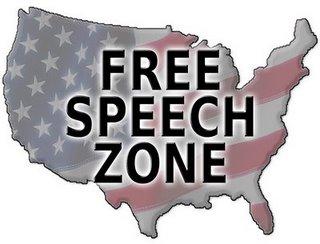What if God said, “I’m Calling in Sick?”
What would happen if God took a day off? What would you do if you knew that just for one day you couldn’t have access to the Creator of all that is known and unknown? Can you imagine what nonsense and horror that might occur if the “gates of hell” got advance notice of the…


